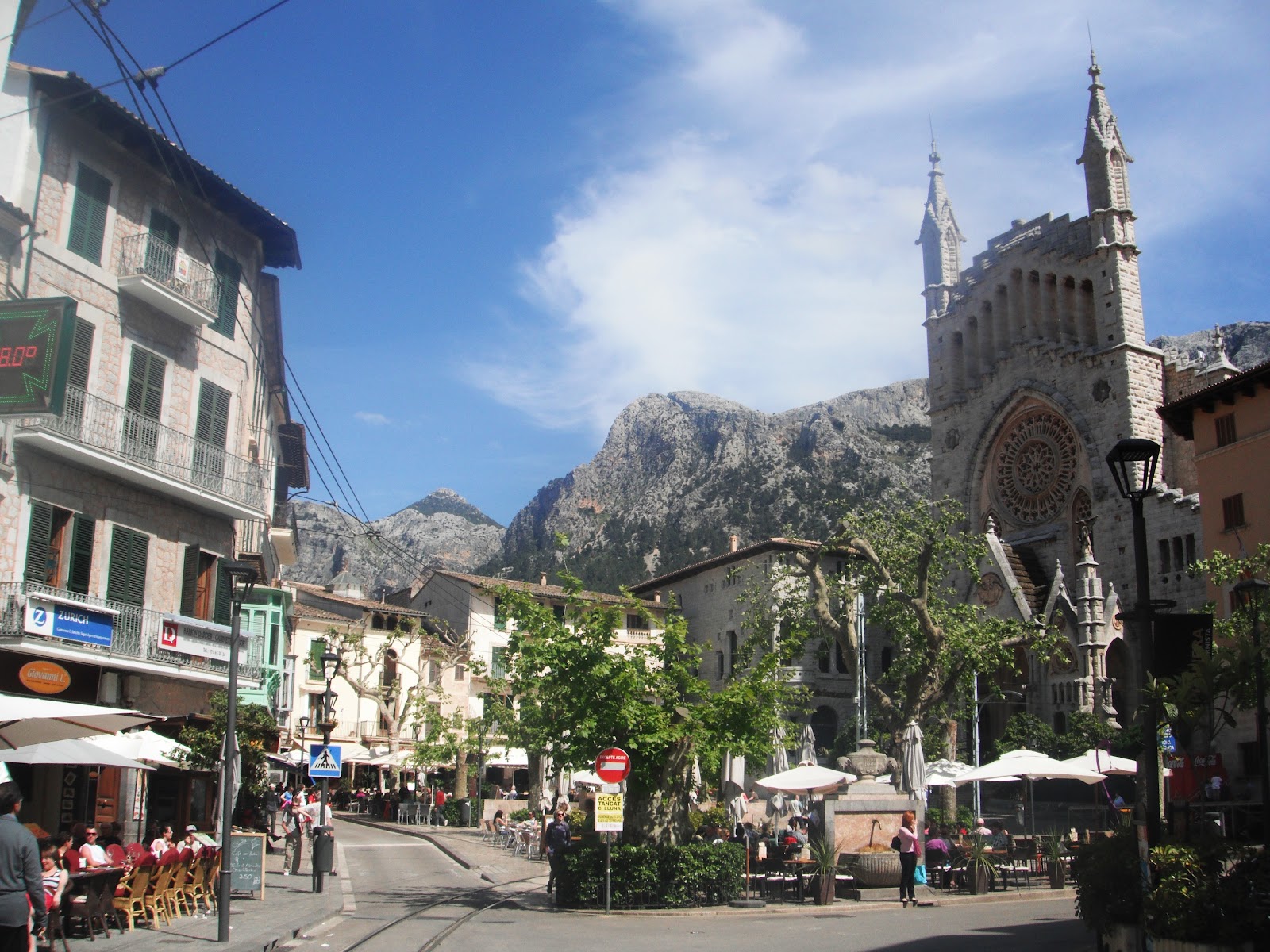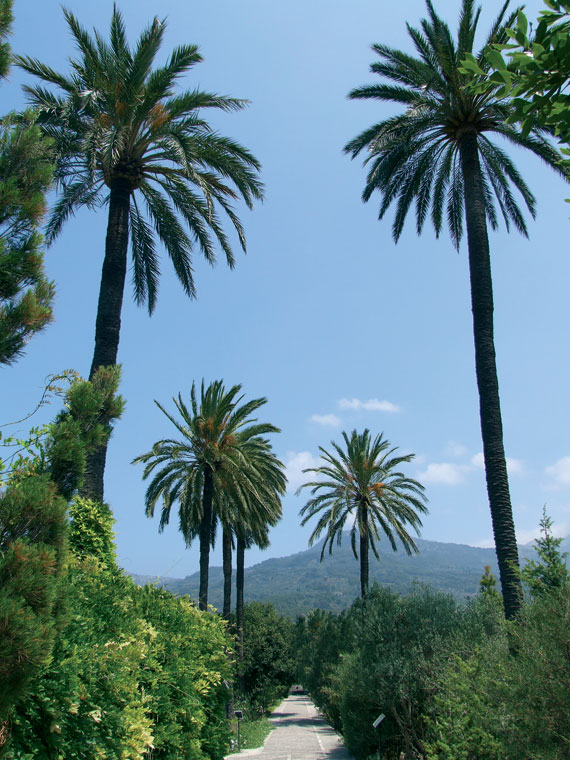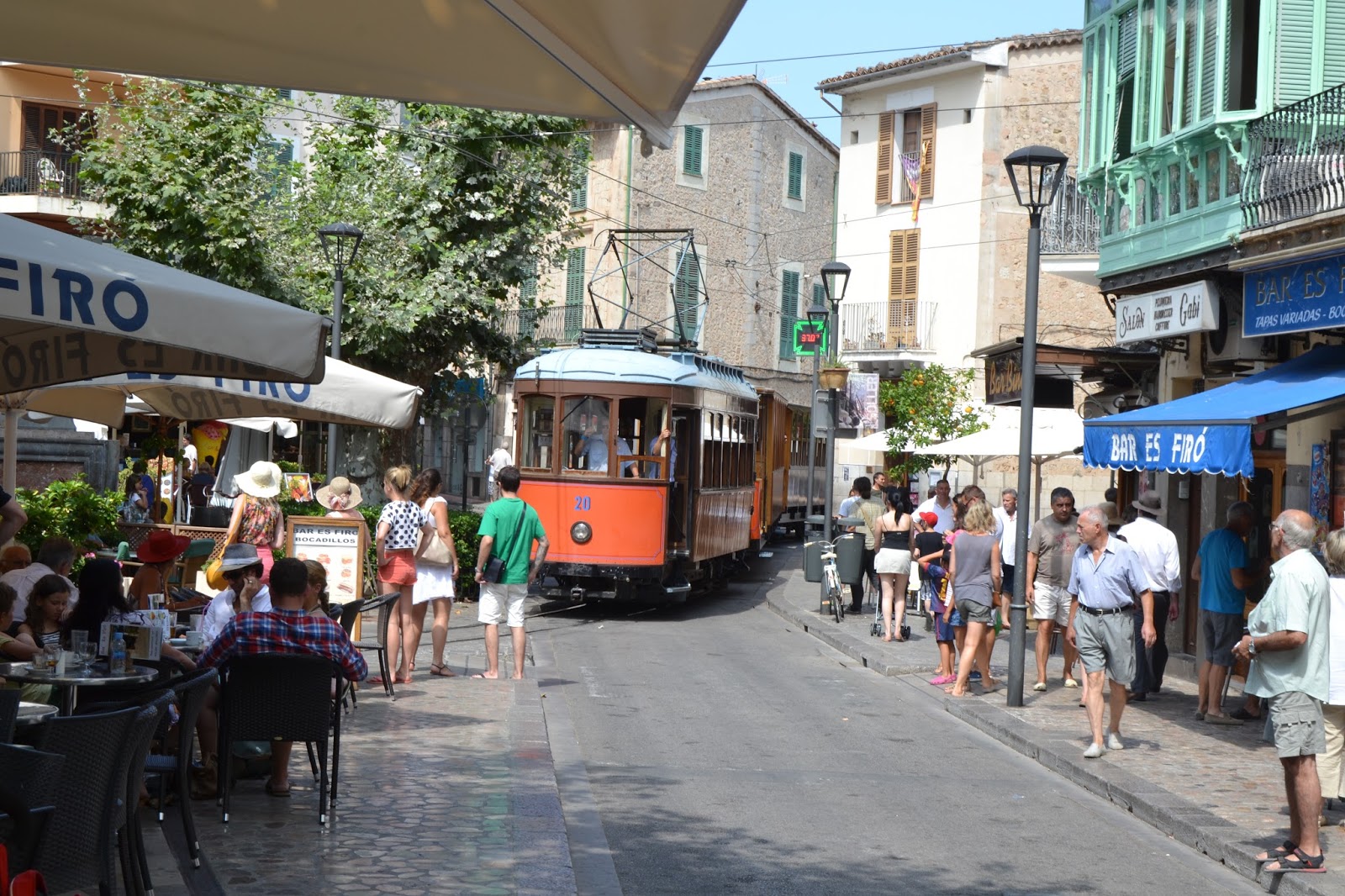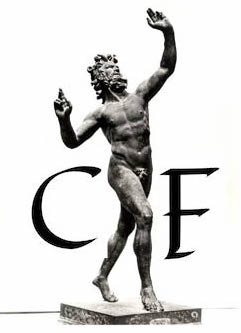
About Sóller
Sóller is a charming, orange-growing town on Mallorca’s rocky northwestern coast, a bustling place of handsome farmsteads and fine Art Nouveau homes, gushing streams, swaying palms, dry stone walls, and cobbled streets. There’s an eye-catching Nouveau-fronted church standing alongside the self-important bank, both lording it over the town’s buzzing square, which is neatly bisected by a tram trundling its way down to the port. The backdrop is magnificent, with clouds often billowing down the slopes of the Puig Major mountain and its sister peaks.

Many of town’s inhabitants grew rich in the 19th century by exporting oranges to France, and later the textile industry further lined the pockets of the sturdy bourgeoisie.

Until the 4km tunnel was bored through the mountain in 1997, Palma was a tortuous trip over the mountains, giving Sóller a very different feel from the rest of the island.Sóller has been inhabited since prehistoric times and during the period of Islamic civilization, the town was known as Suliar. After the Christian conquest, for centuries the townsfolk of Sóller lived here inland and far from the coast, huddled together for safety to escape the ravages of Barbary pirates who frequently mauraded the island and carried villagers off to the slave markets of Algiers. In 1561 the corsairs arrived in force but were beaten back by the locals, an event still raucously celebrated and reenacted every year in May.
Many of town’s inhabitants grew rich in the 19th century by exporting oranges to France, and later the textile industry further lined the pockets of the sturdy bourgeoisie. The result was a building boom in Art Nouveau style: Gran Via, a fine avenue lined with imposing townhouses and villas, decorated with wrought iron, was laid out, and other delicate fantasies popped up such as Can Prunera on the town’s main shopping street, Calle Luna.
From this period too is the new facade of the town’s St Bartholomew church, an incongruous and clumsy neo-Gothic confection tagged onto a baroque structure by Joan Rubió i Bellver, a disciple of Gaudí.
Well worth a visit is the town’s Botanic Garden and Natural History Museum, located on the edge of town on the main road. There’s also an eccentric and dusty old Municipal Museum, while a short walk uphill takes you to the town’s beautifully sited and fascinating cemetery.
Sóller makes a great base for walks – the 45 minute or one hour walk to Fornalutx via Biniaraix is not to be missed, while it’s a beautiful 2-3 hour hike to Deià.
For details on the town’s sites and museums, click here.




